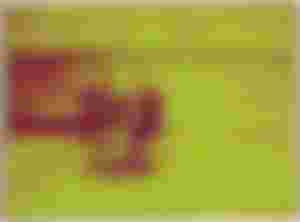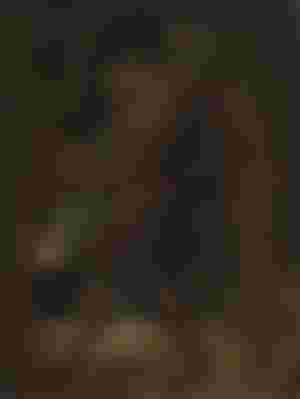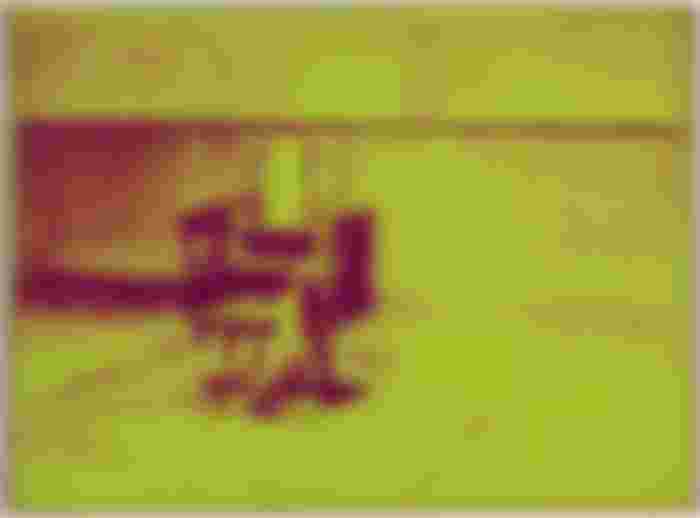She had a scary face. A woman with protruding eyes who threatened children in cyberspace with rumors and forced them to do dangerous things. "MoMo" was a sculpture made in a Japanese art workshop.
Kisuke Aiso is the creator of the statue of Diochehr "MoMo". Iso owns a studio in Tachikawa (west of Tokyo) that produces puppets and other equipment needed for television programs. A fan of strange stories and mysterious shapes, he created silicone sculptures in 2016, whose image became famous in the world.

Of course, he did not intend to challenge or frighten anyone with this statue, even when no one was fascinated by the statue. "I have a child myself and I understand the concerns of the parents very well," he told the Japan Times. "Of course, I can not hide my happiness at seeing my work globally, but I ask those behind these virtual phenomena to be careful in using this image."
Yuka is a category of mythical creatures in Japanese folk tales. Inspired by them, Iso created many works, one of which was the sculpture, A local story about the ghost of a pregnant woman who died when her child was born. Inspired by these stories, he created a sculpture with flying legs and a human head. The statue did not attract much attention during the show, and outside the Iso workshop, it sometimes scared the neighbors until it became a global phenomenon. The phenomenon that both made Iso famous and made his sculptural image a familiar face in the world.
Iso is not the only artist whose work creates fear in living beings. There are many other artists who have each expressed an expression of fear through their art.
Andy Warhol and the execution chair

A breathtaking atmosphere that is supposed to convey the feeling of the last moments of the life of a person sentenced to death. The fear in Andy Warhol's "electric chair" is of the opposite side. "Electric Chair" is part of Andy Warhol's "Death and Catastrophe" series, which began in 1962. By creating this collection, he sought to test the theory of the depiction of catastrophic images. " When you look at scary pictures over and over again, they really do not affect you anymore," he said. »
Horror myths from ancient Greece

One of Peter Paul Rubens' famous paintings is a terrifying image of an old man swallowing a baby. This painting is based on a myth from the ancient world. There is a myth based on which there is another famous painting: "Saturn eats her son" by Francisco Goya, a famous Spanish artist. According to this Greek myth, Cronus (Saturn in Roman mythology) devours his children one by one after birth. By doing this horrible thing, he intends to block a familiar prediction that a child will take his place.
An insect that becomes a monster

In a story similar to the story of "MoMo", the English painter and poet William Blake, inspired by a bloodthirsty insect, made a terrible impression. "Flea Ghost", as its name suggests, is an image of the artist's imagination about small insects that suck blood. As John Warley, a close friend of Blake, puts it, "He once saw a ghost of this insect in his imagination." Sometimes the image that artists show in their work is an unconventional representation of reality, like Andy Warhol's electric chair. Sometimes it is a sign of the real world that has taken on an imaginary effect, like what William Blake shows us. Sometimes it is rooted in myths and legends.



